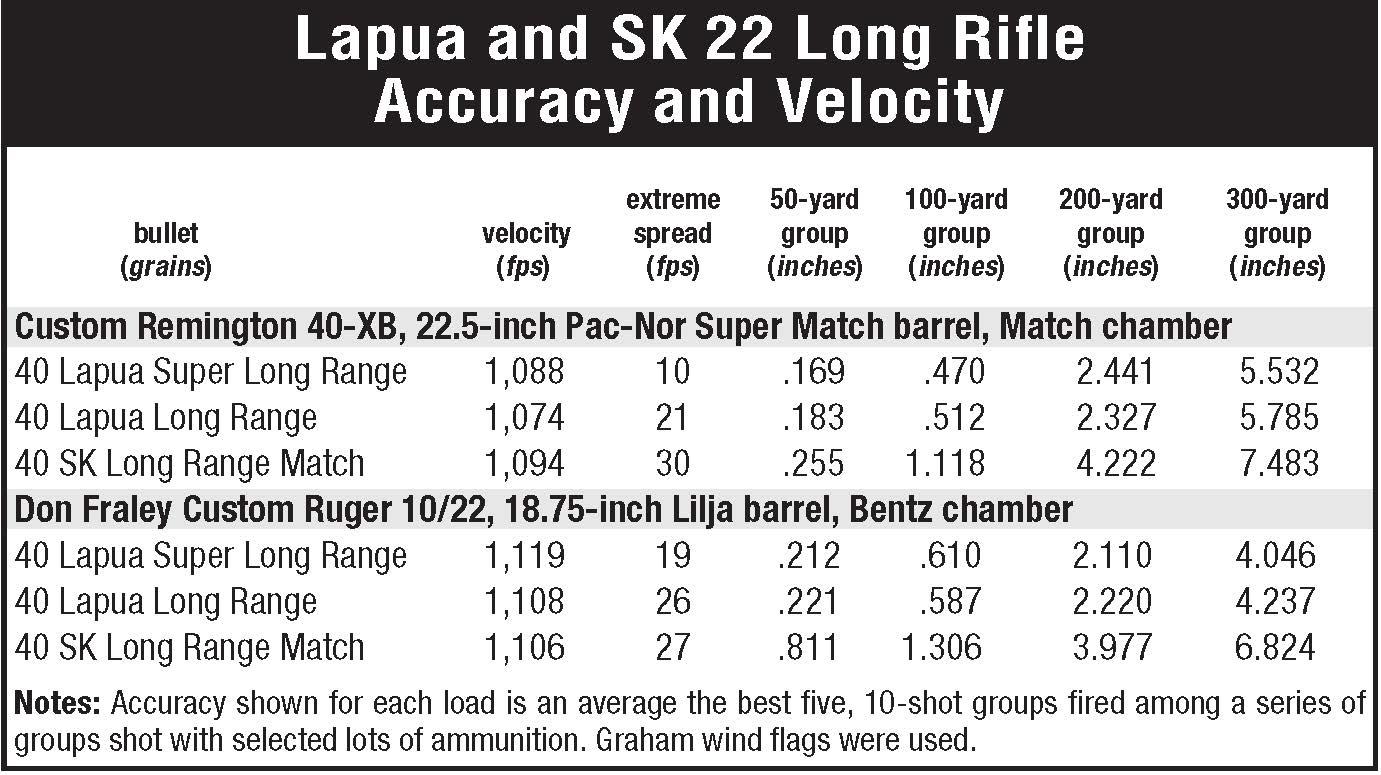The 22 Long Rifle at Long Range
Shots Out to 300 Yards!
feature By: Layne Simpson | November, 24
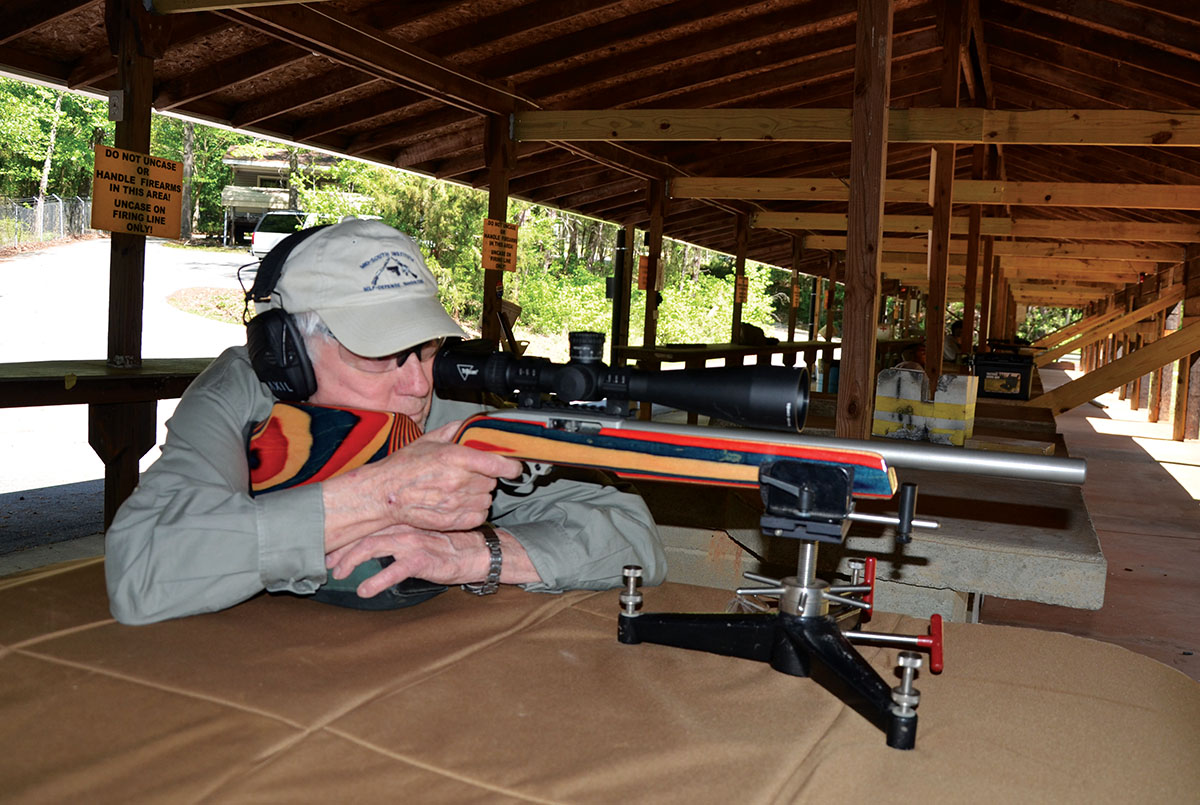
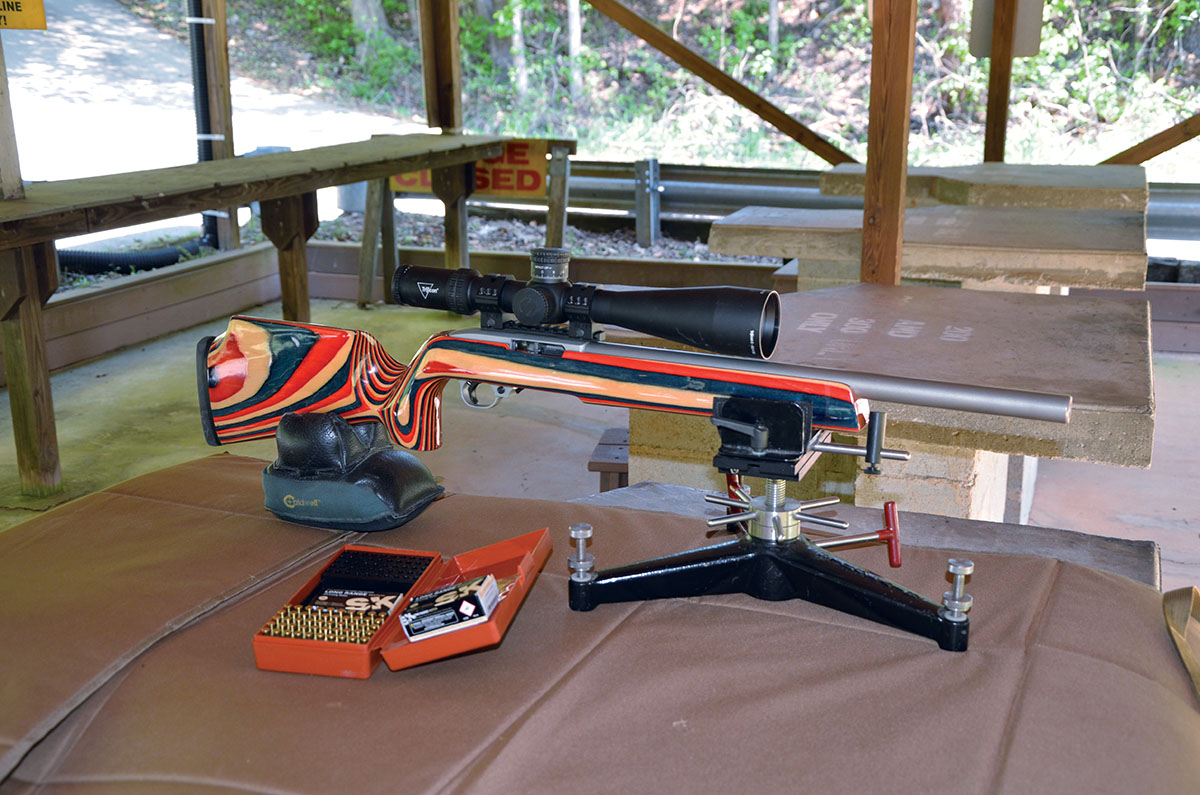
Among today’s 22 rimfire shooting sports, the National Rifle League (NRL-22) and Precision Rifle Series (PRS) appear to be the fastest growing. A number of different stage designs are contested during a match with target distances ranging from quite close to 300 yards and sometimes beyond. During the few NRL-22 matches I have found the time to shoot, I alternated between the bolt-action and semiauto divisions and found Ruger’s Precision Rimfire Rifle and the 10/22 Competition to be quite competitive while representing affordable ways of trying an enjoyable sport.
While those matches were great fun to shoot, my long-time favorite is the benchrest competition. The gun club that I have been a member of for several decades used to be on the national circuit for registered benchrest competition and big names from all over the country attended matches there. This took place after the club built a new range with 30 covered concrete benches along with target backstops at 100, 200 and 300 yards, all replete with moving backers. While I competed in a number of those matches with super-accurate custom rifles in 6mm PPC and 6mm BR Remington, the benchrest rifles I love to shoot today are chambered for the 22 Long Rifle. Reactive steel targets of various sizes are sometimes plinked, but I prefer to shoot a series of 10-shot groups on paper.
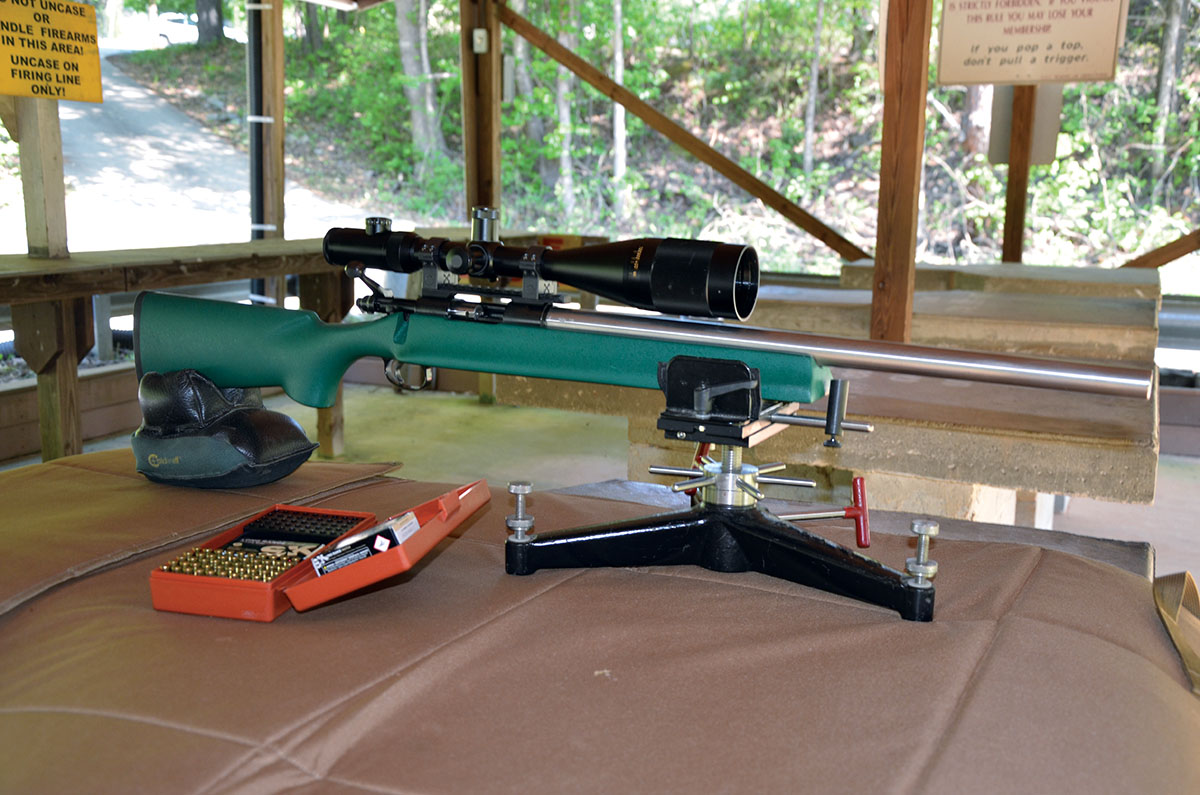
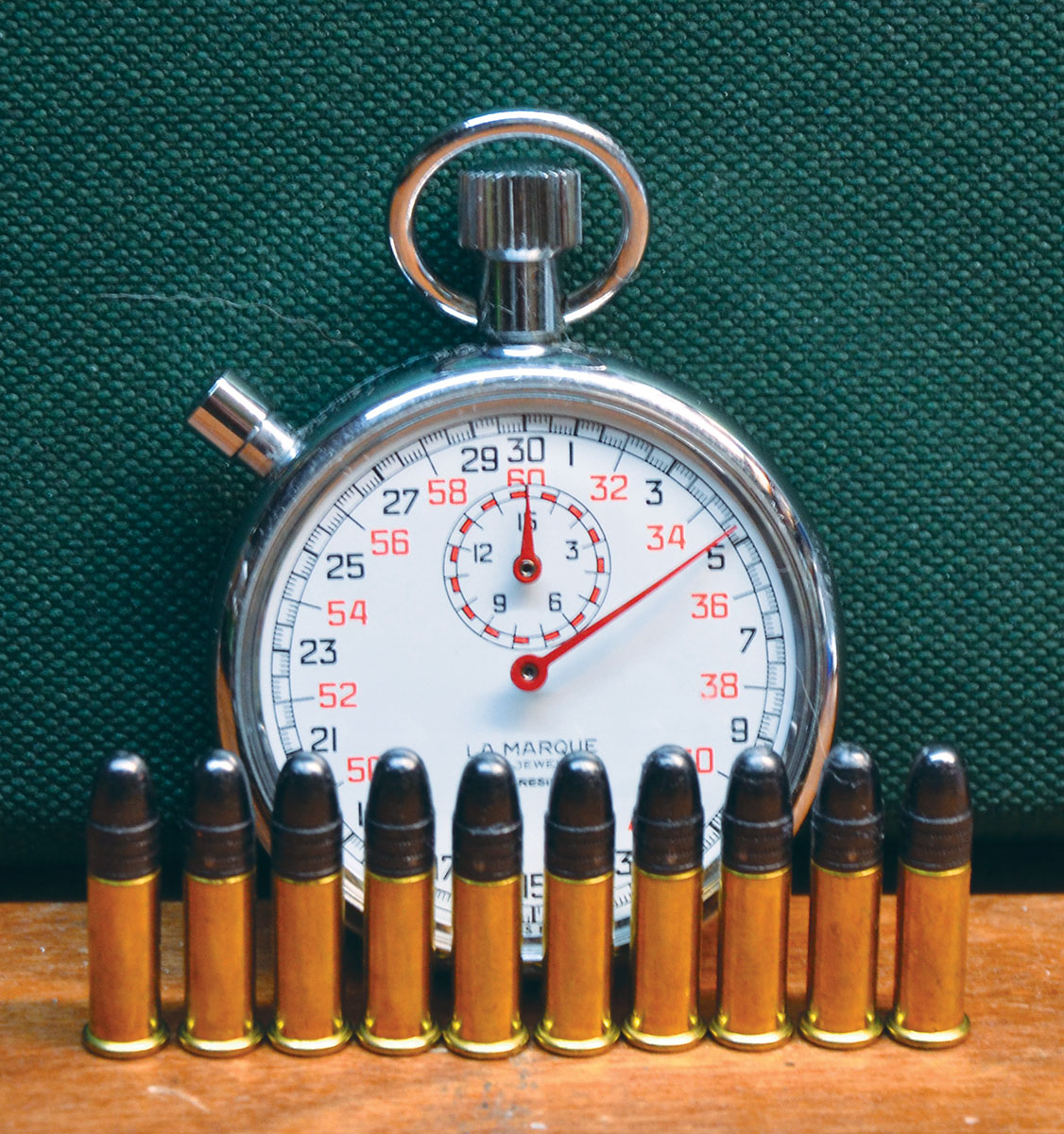
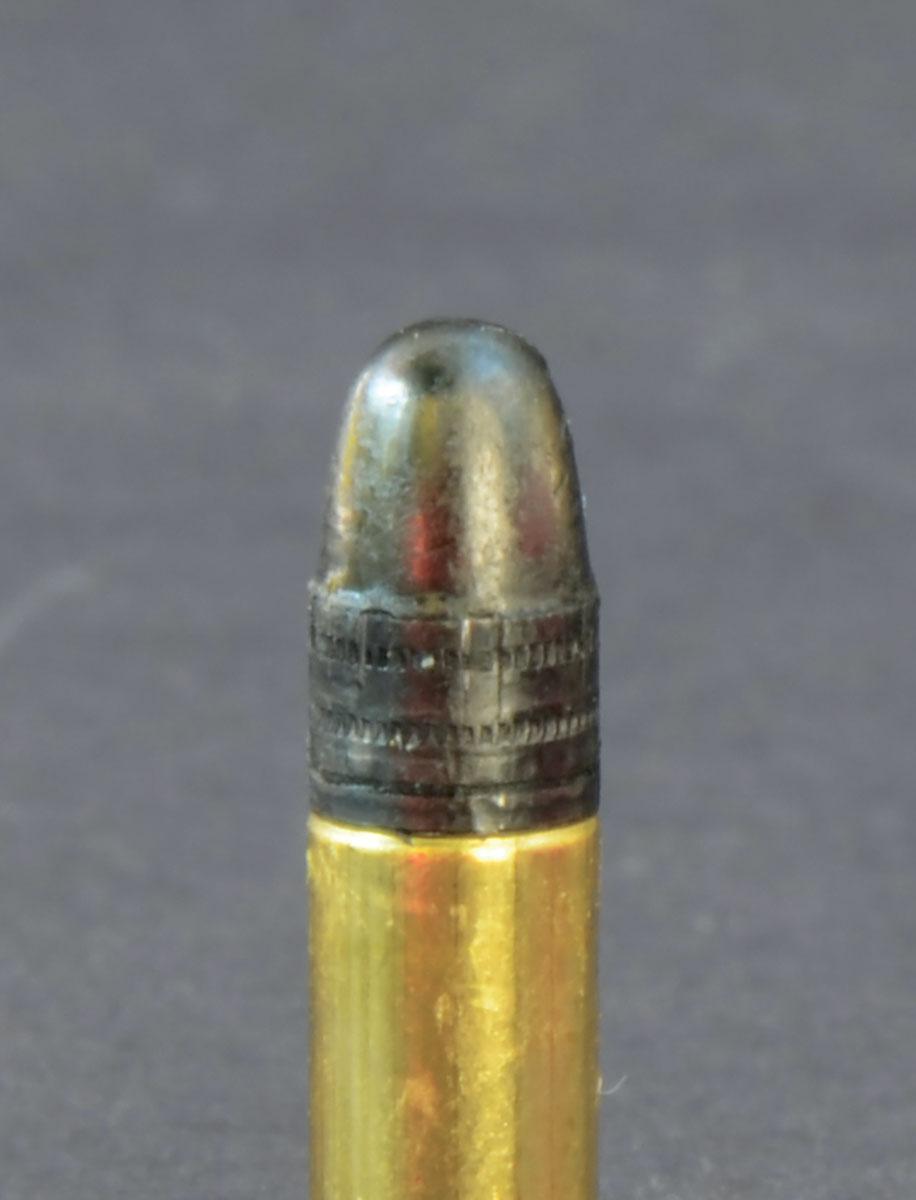
Even more fun to shoot is a custom rifle built around a Ruger 10/22 receiver by Don Fraley. After discarding the factory V-block barrel attachment system, he line-bored and threaded the receiver for a heavy Lilja six-groove match-grade barrel with a 1:16 twist. Due to the possibility of slamfiring, a match chamber is not used in an autoloader and while the Bentz chamber in my rifle positions the bullet of a chambered cartridge quite close to the rifling, it rests just shy of actually making contact. The aluminum 10/22 receiver was not designed to handle the weight of a fat barrel, so Don totally eliminated the stress by bedding the barrel in the entire length of the forearm of the laminated wood stock and free floated the action. With a Trijicon 5-50x 56mm scope held in place by a 30-MOA rail, the rifle weighed 11.5 pounds and in addition to excellent accuracy on the target range, it has been known to bag a flickertail or two. While the 40-XB has an edge in inherent accuracy, I can be more accurate with the 10/22 at distance if my chosen wind condition holds for 5 seconds, I can often send 10 bullets downrange accurately before the condition changes.
Extremely accurate rifles chambered for the 22 Long Rifle cartridge are notorious for being quite choosey about the ammunition they are fed. This applies not only to the brand of ammunition but to the manufacturing lot number of a particular brand as well. Lot selection is one solution and that brings up Lapua. Due to the rapidly growing popularity of various precision shooting sports in our country, along with the many thousands of shooters who seriously compete in various types of 22 Long Rifle matches, Capstone Precision Group of Mesa, Arizona, (exclusive importer and distributor of Lapua and SK rimfire ammunition) has Rimfire Performance Centers in Arizona and Marengo, Ohio. (That company, by the way, also imports Vihtavuori powders from Finland and owns Berger, maker of top-quality bullets and ammunition at a plant in Mesa.)
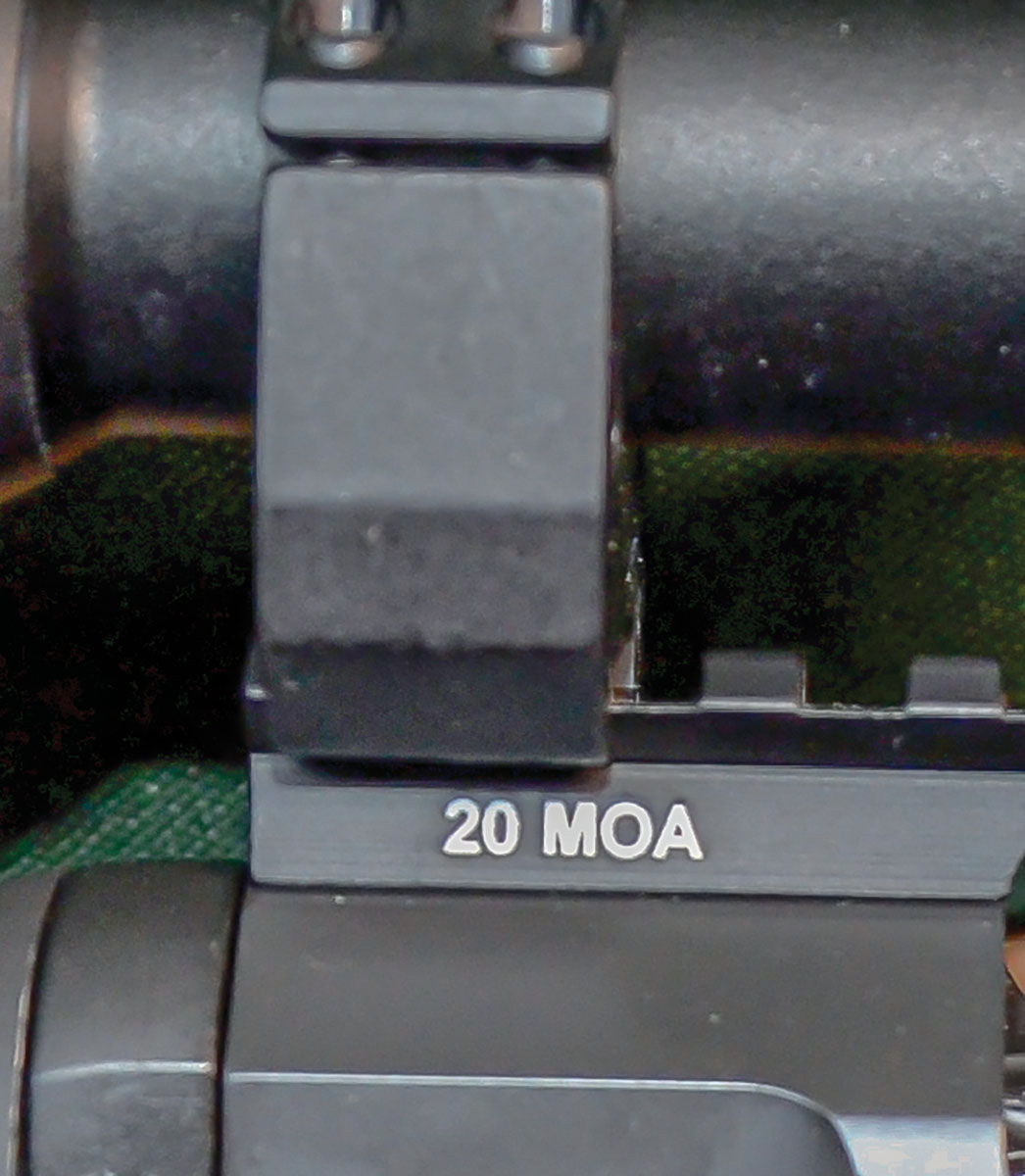
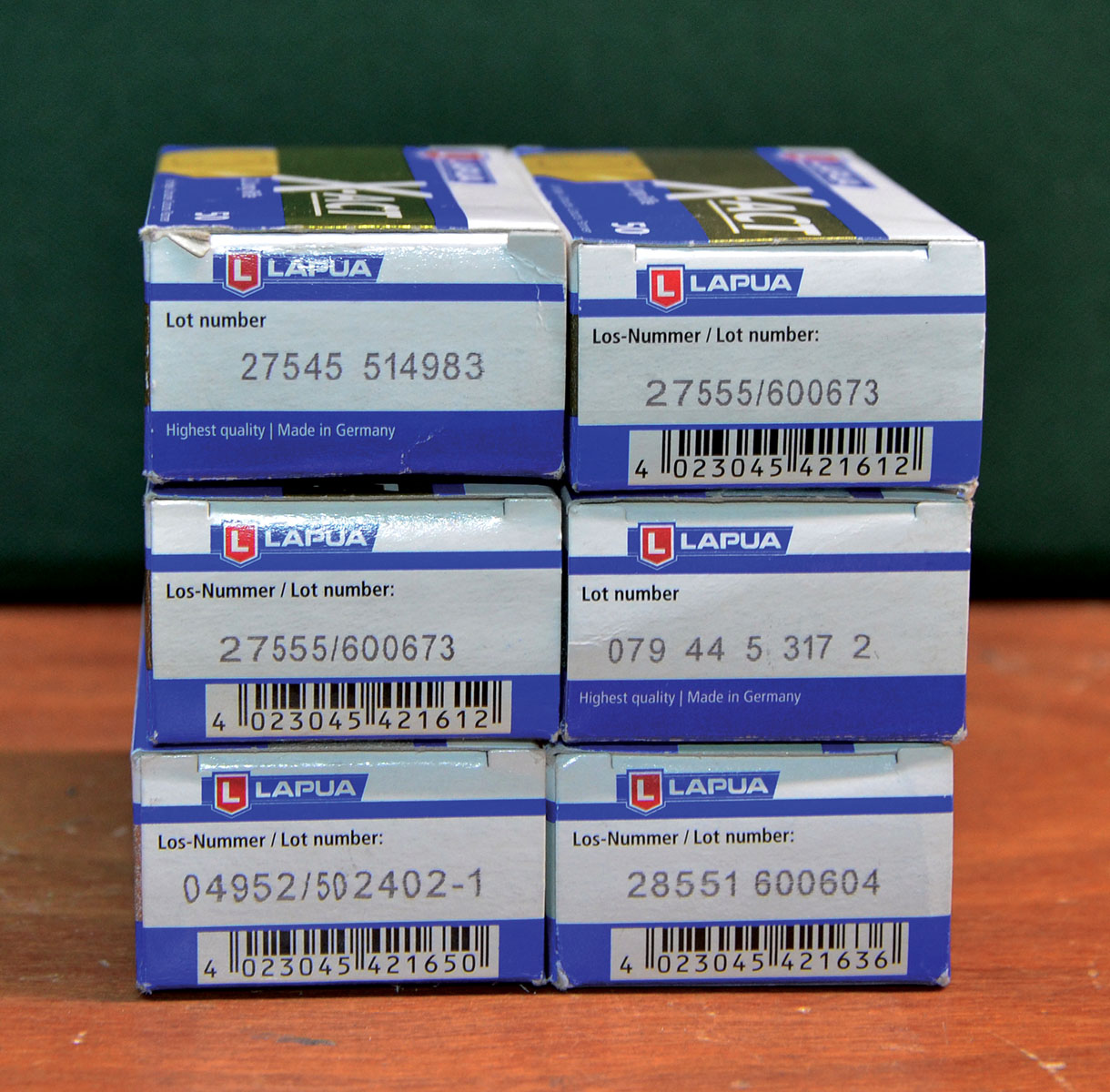
Many club-level matches held across the country are won with less expensive ammunition such as CCI Standard Velocity, Federal Gold Medal UltraMatch and various loadings of SK, the latter produced at the same factory as Laupa. The challenge there is finding a dealer who not only stocks a good supply of various 22 LR loadings, but also has several lots of each load on hand. After trying various lots and determining which delivers the best accuracy from your rifle, rush back to the dealer and stock up. While trying several lots each of SK Long Range Match, High Velocity Match, Standard Plus, Biathlon Sport, Rifle Match and Flatnose Target, I found that my two rifles preferred a certain lot of Long Range Match, so I stocked up. Differences in accuracy between various lots were not always great but they were there.
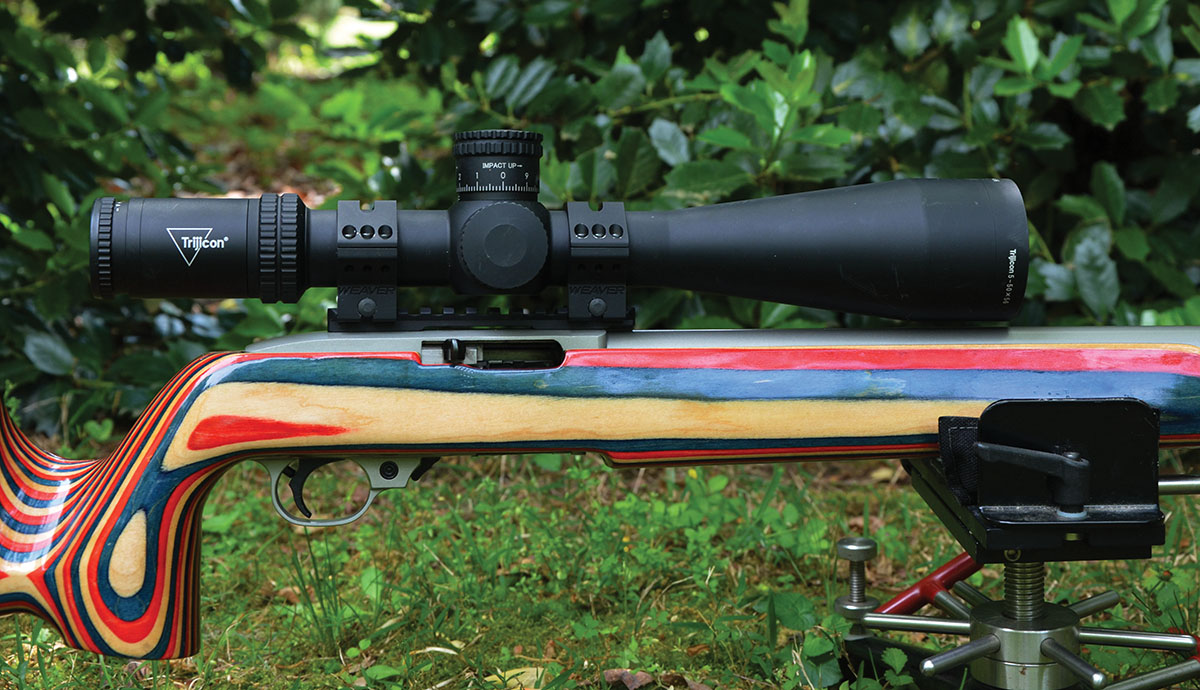
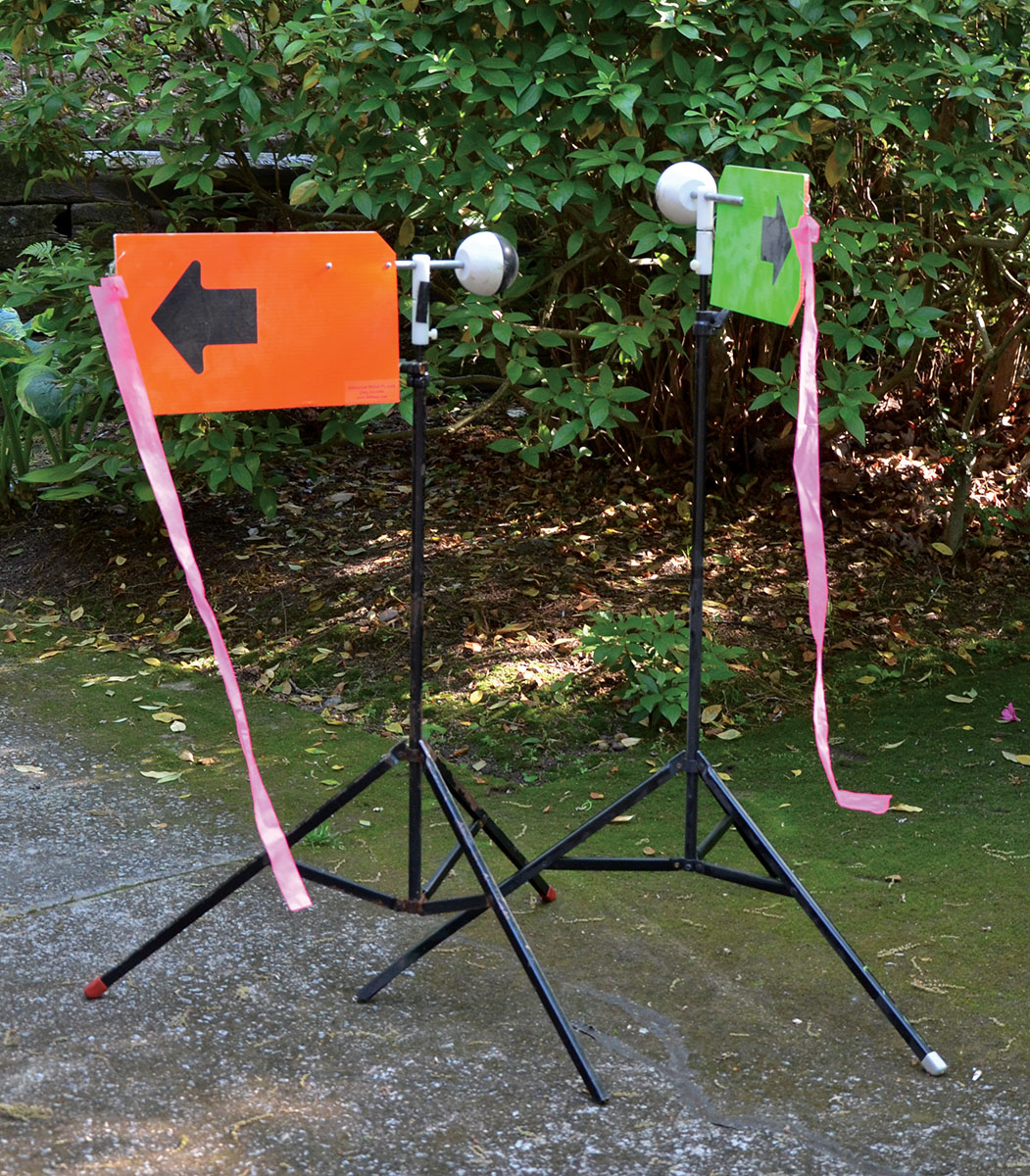
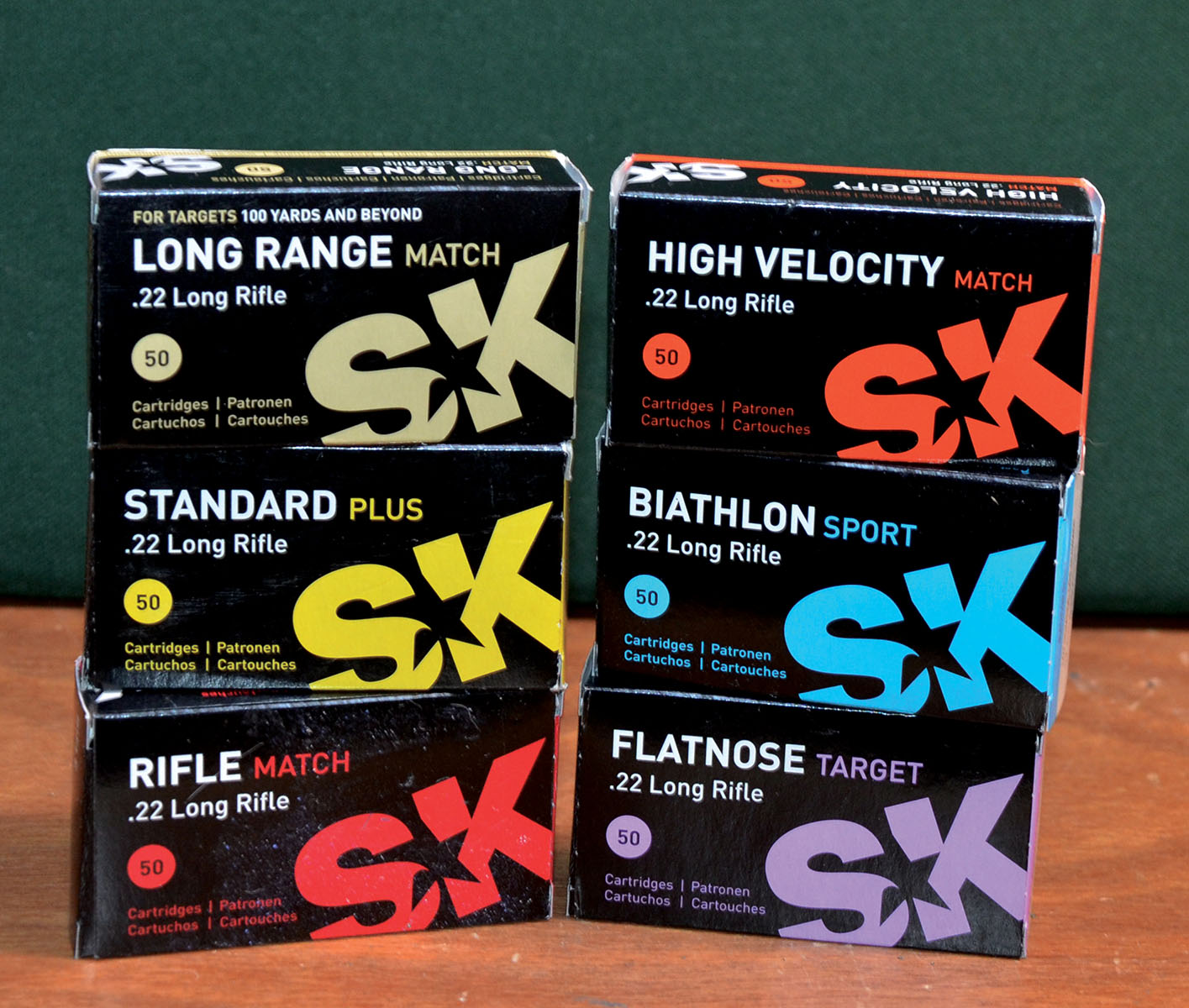
A top-quality scope with a 30mm tube will usually have a total of 80-MOA or so of vertical travel or 40-MOA from the optical center, so a 20-MOA rail will get you there. While not always necessary, even bigger is a desirable option. The total reticle elevation for my Trijicon 5-50x 56mm AccuPower with a 34mm tube is 100-MOA or 50-MOA both ways from the optical center. Sitting on a 20-MOA rail, it has vertical adjustment to spare and when used with a 30-MOA rail, the sky is the limit. Keep in mind that the closer the reticle of a scope can be kept to its optical center, the better and the mighty Trijicon is top tier in that department. Parallax adjustment ranging from 10 yards to infinity makes the scope equally suitable for centerfire and rimfire competition. Optical clarity and quality will take your breath away.
Actually, bullet drop at uncommonly long distances for the 22 Long Rifle is not the big issue because known distances and any good scope with accurate and repeatable elevation adjustments can handle that. Wind is a much bigger challenge. Bullet drift in a 10 mph crosswind at 300 yards is approximately 31 inches. It is actually far more complicated than just that because rather than blowing at a constant velocity and direction, both can vary considerably from one moment to the next.
While wind is our enemy, the plain old low-tech wind flag is our best friend. I use a pair of Graham flags, with one usually placed 15 yards downrange and the other adjacent to the target. Both flags are positioned so they can be observed in the scope when its crosshairs are centered on the target. Free to pivot on bearings in portable stands, they indicate wind direction while a strip of surveyor’s tape attached to both gives a good indication of wind speed. A quick glance tells me if the breeze is to the left or to the right and if it is incoming or outgoing.
After the flags are in position, I sit at the bench observing them until I see a wind condition that not only comes around most often but is fairly consistent in duration. Doing so can sometimes take a while. With the rifle loaded and the crosshairs held steady on my aiming point, I begin caressing the trigger the instant my chosen condition arrives. If it holds for 5 seconds, I can send 10 bullets from the Fraley 10/22 downrange accurately. Such rapid shooting is not possible with the 40-XB so with it, I get off as many shots as possible before the wind shifts and my condition is gone. Then it is a waiting game until my condition returns. If conditions rapidly change, it may take me several minutes to get off 10 shots. While the 40-XB is capable of shooting slightly smaller groups, my accuracy with the 10/22 is actually better at distance because I can more easily get off all rounds during the same condition.
I find shooting the 22 Long Rifle at 300 yards to be as challenging as shooting the 300 Winchester Magnum at 1,000 yards. The big difference is in convenience.
While 1,000-yard places to shoot are often few and far between, many gun clubs across the country have room for 300-yard targets. Try shooting the 22 Long Rifle at distance from an accurate rifle and you may be forever hooked.



